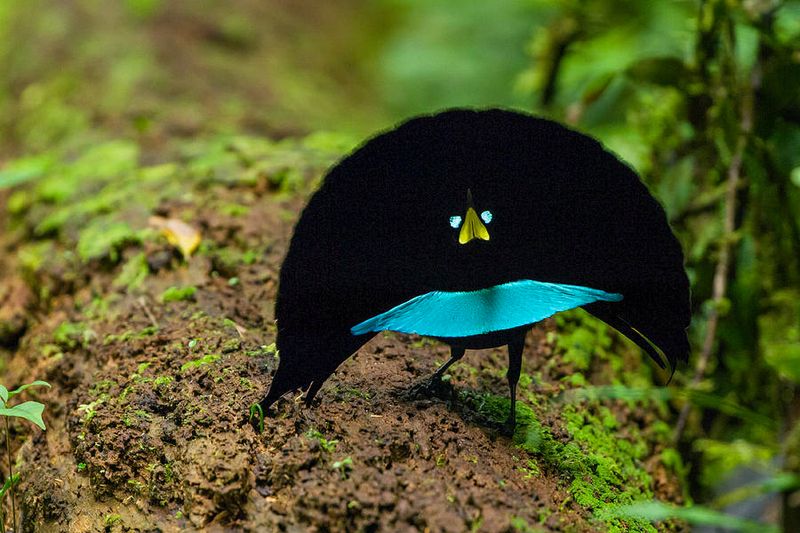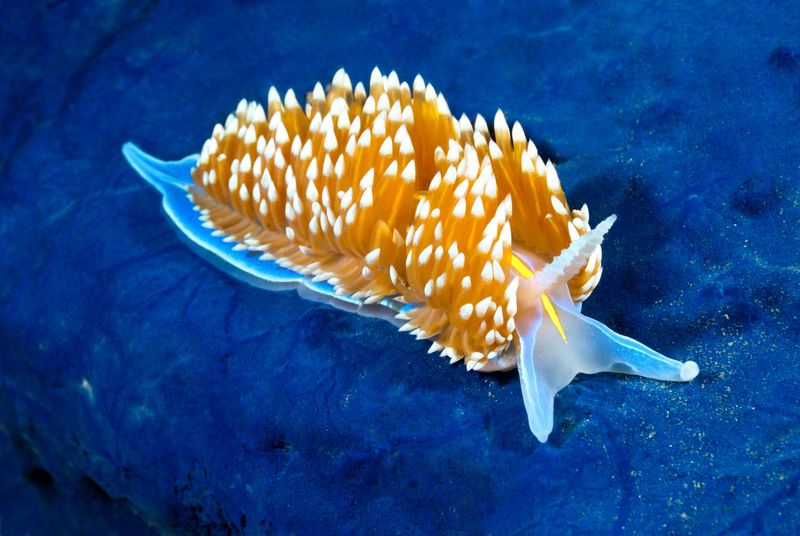From flamboyant feathers to shimmering scales, the animal kingdom is a runway of instinctual style and evolutionary flair. But fashion in nature isn’t just about looking fabulous—it often serves vital purposes like attracting mates, camouflaging from predators, or asserting dominance. In this vibrant series, we explore ten captivating animal fashion trends that prove nature has always been ahead of the style curve.
Zebra Stripes: Camouflage or Catwalk Statement?
Zebra stripes are nature’s version of a sleek monochrome print—but what’s the function behind the fashion? Once believed to be for camouflage in tall grass, newer theories suggest their iconic stripes may help deter biting insects like tsetse flies, who are confused by the high-contrast patterns.
Others think the stripes act as a natural air-conditioning system, with dark and light bands heating at different rates to cool the body. Social signaling may also be at play: each zebra has a unique stripe pattern, helping herd members identify each other.
It’s a look that’s not only practical but endlessly stylish—just ask any designer who’s been inspired by this high-contrast motif. The zebra reminds us that sometimes, fashion serves form, function, and flair—all at once.
Color-Changing Couture: Chameleons & the Mood of the Moment
Chameleons are the ultimate quick-change artists, shifting their colors in seconds to match their mood, temperature, or social signals. While many assume it’s all about camouflage, research shows that color changes are often used for communication—like signaling aggression, submission, or mating readiness.
Specialized cells called iridophores reflect light at different wavelengths, allowing chameleons to display vibrant yellows, greens, reds, and blues. This reactive fashion trend is dynamic and personal—no two shifts are ever the same.
In a world where self-expression is everything, the chameleon is nature’s master of mood-based style. Their wardrobe is built in, instantaneous, and forever in flux, reminding us that true style is about embracing transformation.
Fluff, Puff, and Display: The Glamour of Bird Courtship
In the avian world, love is a performance—and no one does it better than birds of paradise. These exotic species, mostly found in Papua New Guinea, sport elaborate plumage in neon hues, glossy blacks, and cascading shapes. During courtship, males perform ritualistic dances, puffing up feathers, clicking their beaks, and posing in carefully choreographed routines.
The more intricate the show, the better the chance of attracting a mate. These displays are often paired with feather “accessories” that shimmer and shift in the light, creating an optical illusion of floating shapes or glowing eyes.
It’s the pinnacle of natural pageantry. If fashion is about making a statement, birds of paradise are saying, “Prepare to be dazzled.”
Peacock Chic: Flashy Feathers and the Power of Drama
Few fashion icons rival the male peacock, whose extravagant tail fan is one of the most dramatic displays in the animal kingdom. This living kaleidoscope of iridescent blues and greens isn’t just eye-catching—it’s a strategic tool for courtship. The more vibrant and symmetrical the feathers, the more likely the peacock is to impress a peahen.
Each feather reflects light at different angles, creating a hypnotic shimmer that signals health, vitality, and genetic fitness. But style comes at a price—those luxurious plumes make it harder to fly and escape predators.
Still, peacocks strut confidently, proving that in the world of wild fashion, boldness often wins the spotlight. Their look says, “I may be hunted, but at least I’ll look fabulous doing it.”
Invertebrate Edge: Sea Slugs and Underwater Glam
Sea slugs—particularly nudibranchs—may not have the name recognition of their land-dwelling cousins, but their bold colors and bizarre shapes make them underwater fashion icons. Found in coral reefs around the world, these tiny, soft-bodied creatures sport fluorescent pinks, fiery oranges, deep purples, and electric blues.
Their coloration isn’t just for show—it serves as a warning to predators that they’re toxic or distasteful. Some nudibranchs even absorb toxins from their prey and display bright colors as a visual threat.
Others use their hues for mimicry, blending into their surroundings or copying more dangerous creatures. With no shells to hide in, they rely on visual shock value to survive. It’s high-risk, high-reward fashion that’s both protective and unforgettable. In the ever-changing catwalk of the ocean floor, the nudibranch walks it with pride.




